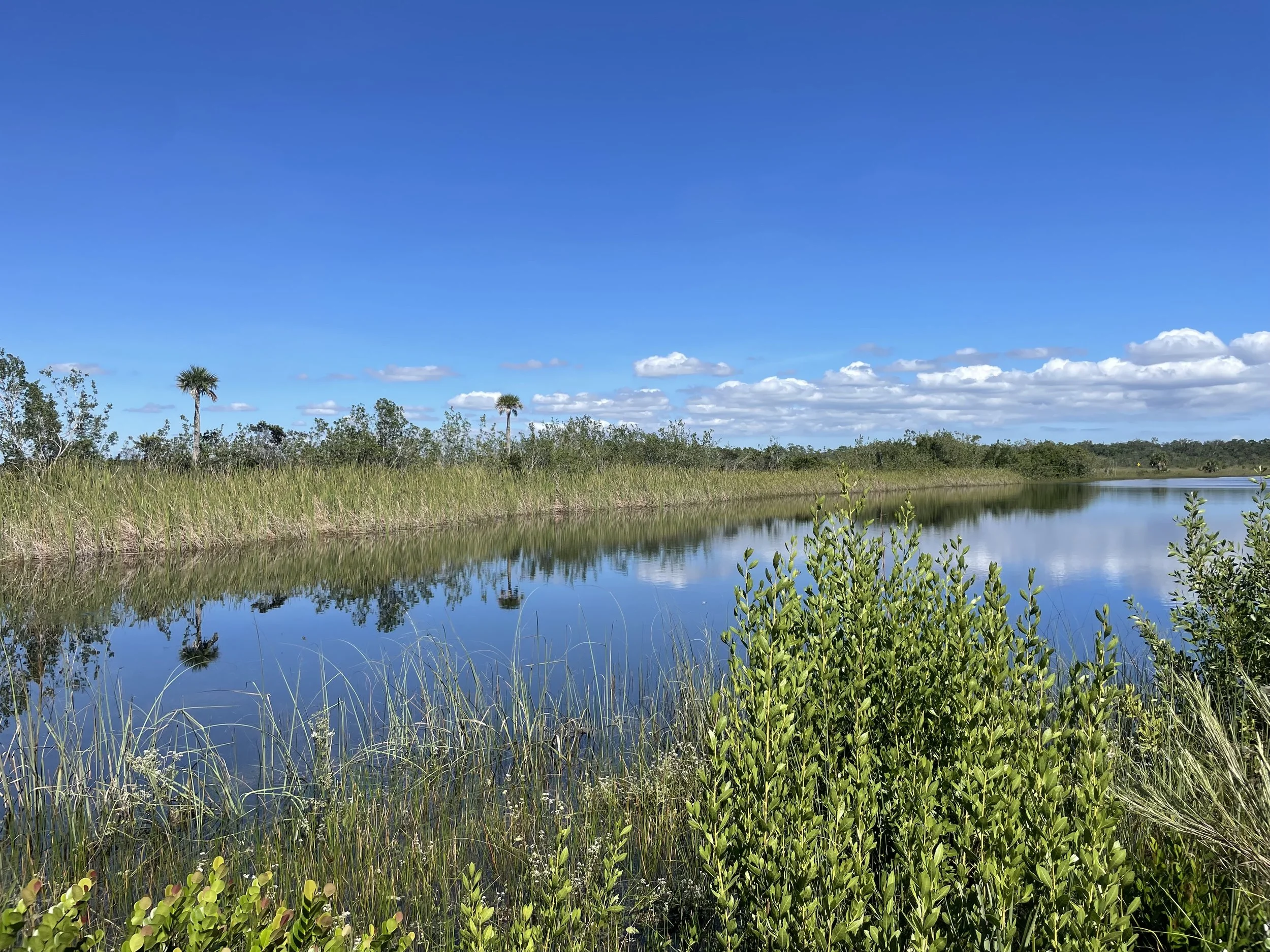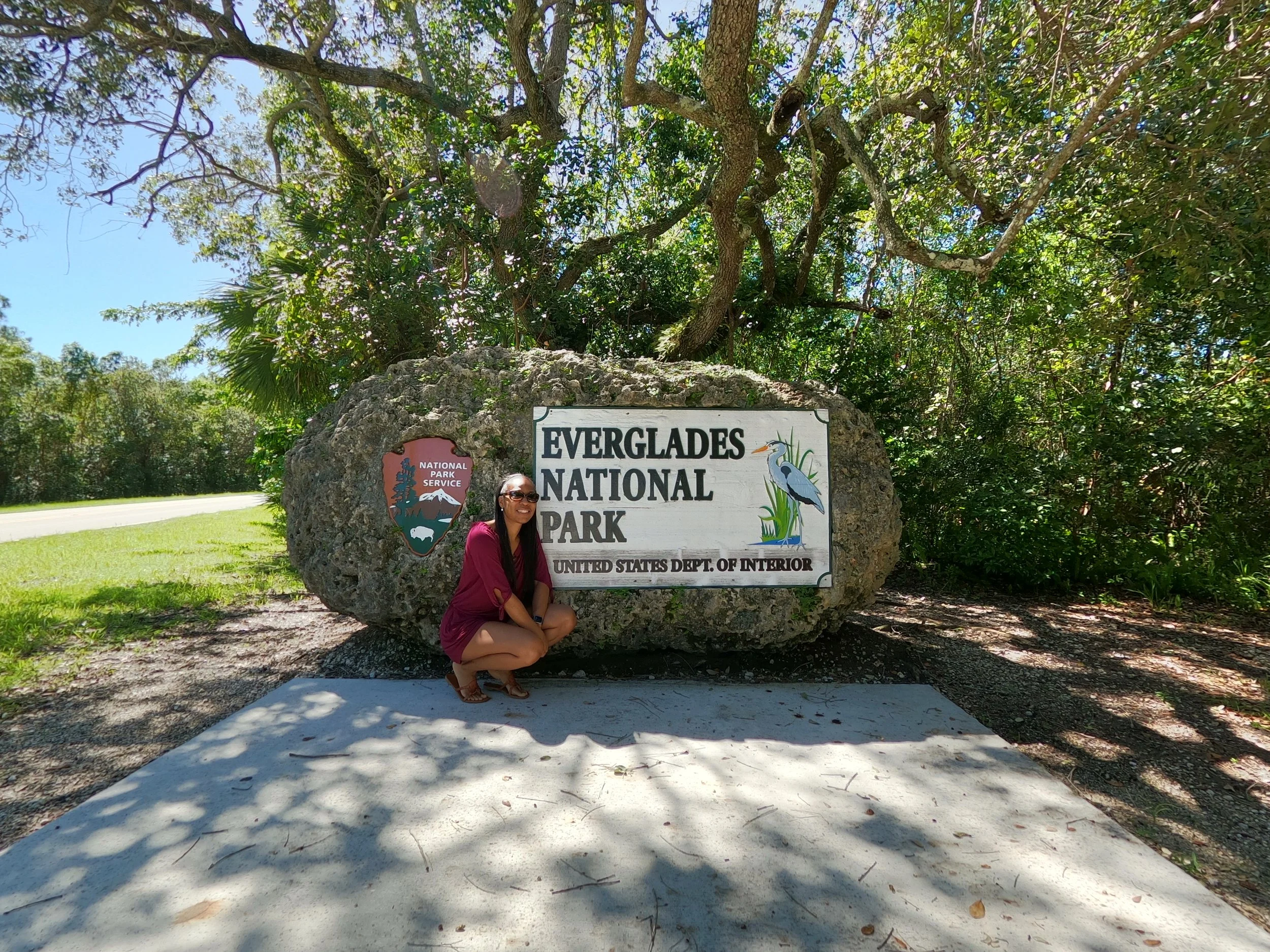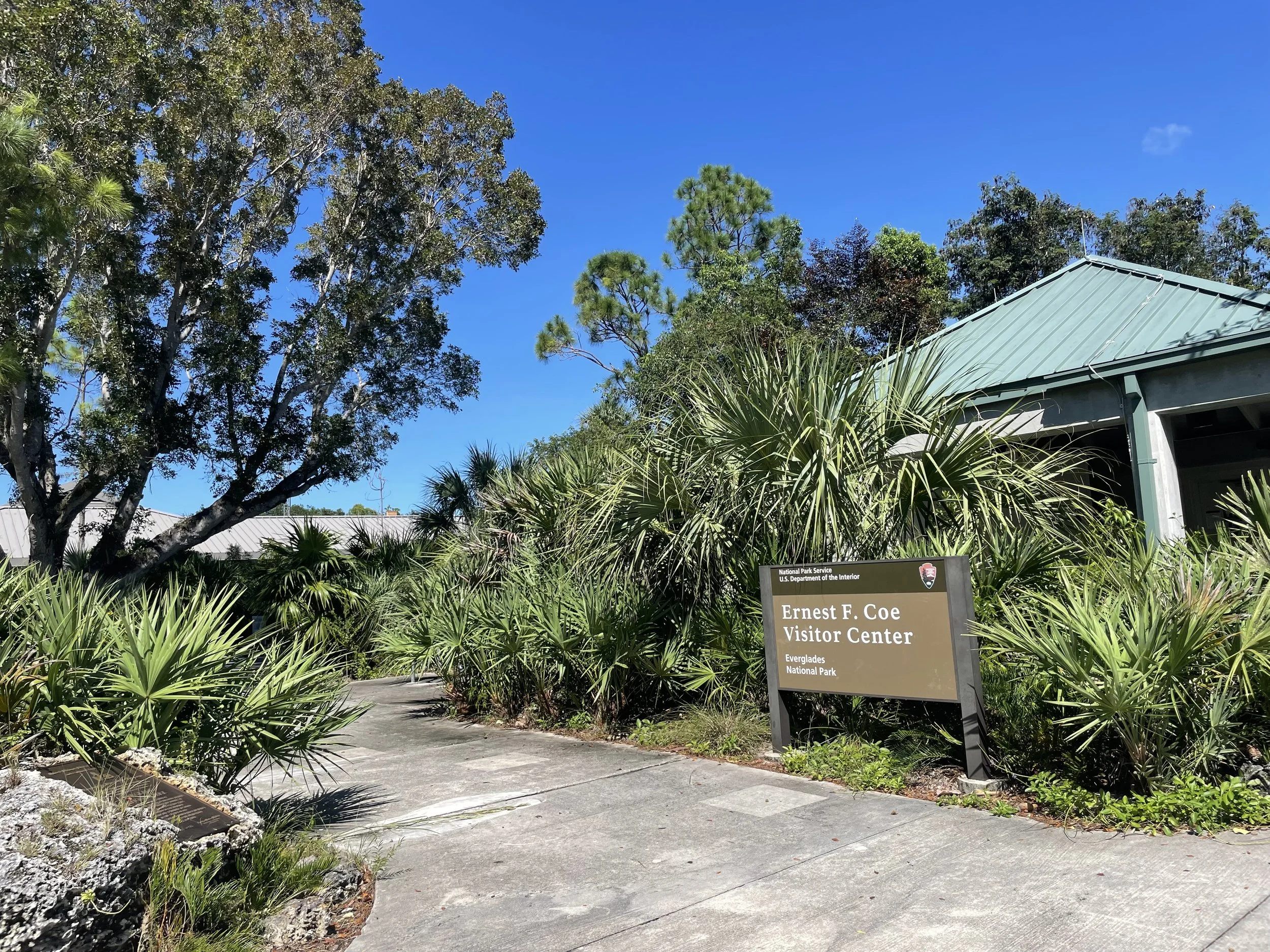#10 Everglade National Park, Florida
Having once lived in Florida, I had the privilege of exploring the Everglades on multiple occasions. I've fallen in, driven through, and flown over this vast wetland. I’ve even visited the Ernest F. Coe Visitor Center once, just to get my passport stamp. The Everglades are huge, even in their reduced size—once spanning approximately 11,000 square miles of South Florida, from Lake Okeechobee to Florida Bay. Though smaller now, the Everglades still offer an unparalleled wilderness experience.
Everglades National Park, a UNESCO World Heritage Site and one of the most unique ecosystems in the world. This expansive park covers 1.5 million acres of wetlands, offering a rare and untouched environment where freshwater and saltwater meet. From dense mangroves to expansive sawgrass prairies and vibrant wildlife, the Everglades is a haven for outdoor exploration and discovery.
Planning Your Visit to Everglades National Park
With its vast size and diverse ecosystems, the Everglades offers something for everyone. Whether you’re exploring by foot, bike, or boat, each visitor center provides access to different parts of the park and a variety of adventures.
Best Time to Visit: The winter months (December to April) offer cooler temperatures, making it the ideal time for wildlife viewing. The summer months (May to November) are hot and humid, with a higher chance of rain and mosquitoes.
Park Entrance Fees: The entrance fee for a vehicle is $30, valid for seven consecutive days. An annual pass is available for $55.
Things to Bring: Be sure to wear sunscreen, comfortable walking shoes, and bring insect repellent (because those mosquitoes are vicious), especially in summer. Don’t forget a water bottle and a camera to capture the diverse wildlife and stunning landscapes.
Visitor Centers in Everglades National Park
To make the most of your visit, Everglades National Park features several visitor centers, each offering educational resources, maps, and opportunities to learn about the park’s history, wildlife, and conservation efforts. Below are the main centers you shouldn’t miss:
1. Ernest F. Coe Visitor Center (Main Entrance - Homestead)
Located at the park’s main entrance in Homestead, this is the ideal starting point for exploring the Everglades. Open daily, the center offers exhibits on the park’s wildlife, history, and unique ecosystems. You can also meet park rangers who can recommend trails, boat tours, and provide helpful advice on what to see based on the season. There's a small bookstore where you can grab educational materials and souvenirs to take home. Key Highlights:
Exhibits on the Everglades ecosystem.
Ranger-led programs and educational talks.
Access to the nearby Anhinga Trail, one of the most popular wildlife viewing areas in the park.
2. Shark Valley Visitor Center (North Entrance - Near Miami)
Situated at the northern entrance of the park, Shark Valley offers a unique perspective on the Everglades’ wetlands. This center is ideal for those interested in the abundant wildlife, including birds and alligators. Shark Valley is famous for its 15-mile-long loop road, which you can explore by tram, bike, or on foot, offering stunning views of the landscape. Key Highlights:
15-mile tram tour with guided commentary on local wildlife and plant life.
An observation tower offering a panoramic view of the Everglades.
A variety of wildlife, including alligators, birds, and turtles.
3. Gulf Coast Visitor Center (Everglades City)
Located on the park's western edge in Everglades City, this center gives access to some of the most serene and remote areas of the park, including the Ten Thousand Islands. It’s perfect for those who want to explore the coastal areas by boat. The visitor center provides information on guided boat tours, canoe rentals, fishing, and kayaking. Key Highlights:
Boat tours through the Ten Thousand Islands, a maze of islands and waterways teeming with wildlife.
Canoe and kayak rentals for exploring the waterways.
Exhibits on the region’s cultural history and local ecosystems.
4. Flamingo Visitor Center (Southern Entrance - Florida Keys)
Located in the southernmost part of the park, the Flamingo Visitor Center is your gateway to the Everglades’ tropical and coastal environment. Positioned on Florida Bay, Flamingo is a haven for birdwatchers, with opportunities to spot species like roseate spoonbills, pelicans, and even flamingos. It’s also a great place to rent kayaks or canoes and explore the mangrove forests or the bay. Key Highlights:
Canoe and kayak rentals for exploring the mangroves and coastal waters.
Ranger-led programs focusing on wildlife and conservation.
Access to Eco Pond and Mahogany Hammock, excellent locations for birdwatching and nature walks.
5. Royal Palm Visitor Center (Near Ernest F. Coe Entrance)
This smaller, quieter center is located near the Ernest F. Coe Visitor Center and is a great entry point to some of the park's most accessible trails. The Royal Palm Visitor Center serves as the starting point for the Anhinga Trail and Gumbo Limbo Trail, two of the park's most popular and easy-to-navigate paths. Key Highlights:
Anhinga Trail – A short, accessible trail known for its abundance of alligators and birdlife.
Gumbo Limbo Trail – A shaded loop trail offering views of the Everglades’ hardwood forests.
Educational programs on local flora and fauna.
Be sure to check the National Park website for any updates about the park.




